Why WhereScape?
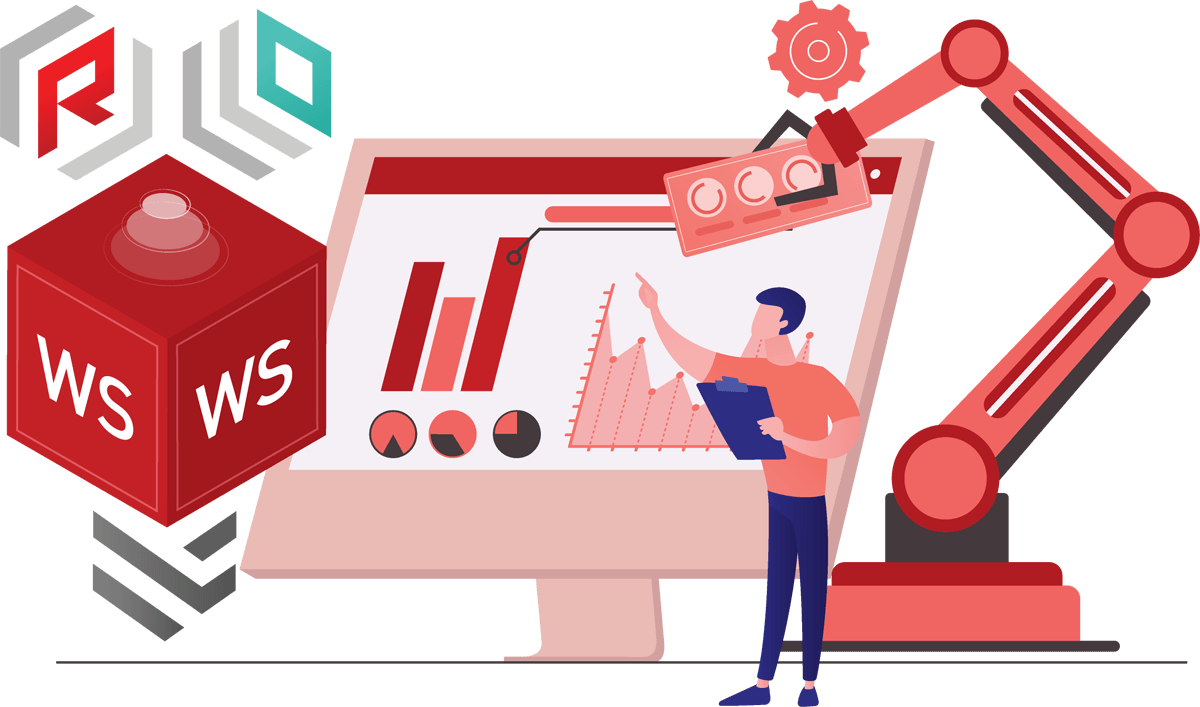
Which Product?
RED
3D
DVE
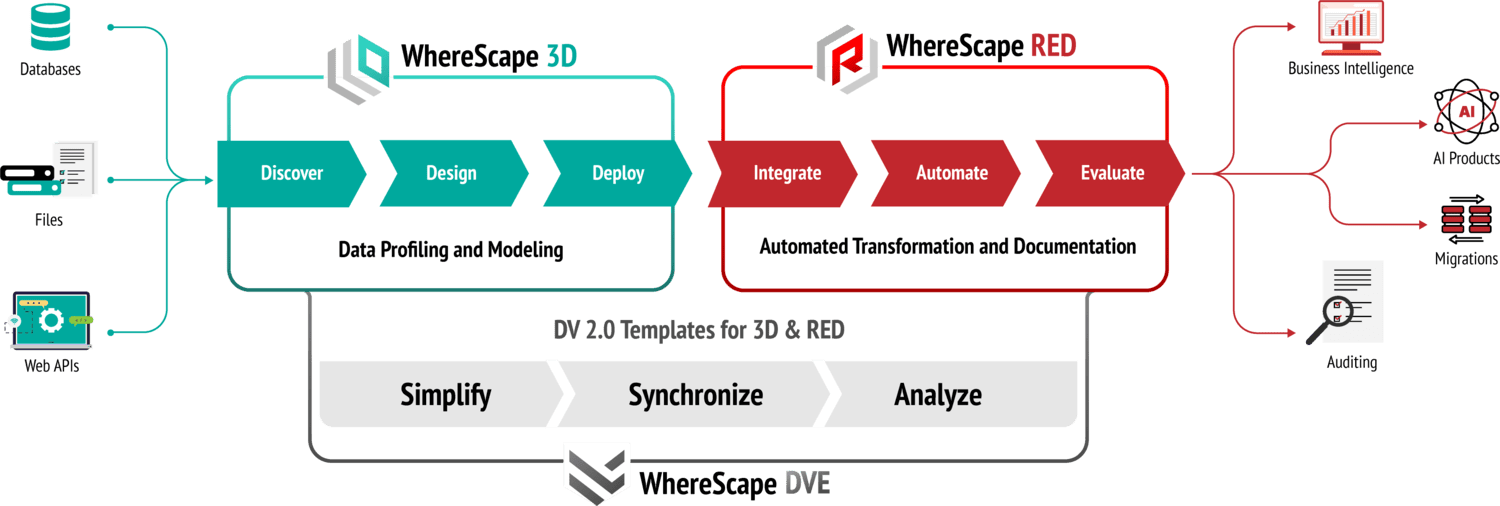
Torgil Hellman
Chief Architect, ATEA Sweden AB
From Discovery to Deployment
Discover
Design
Develop
Deploy
Operate
Enhance
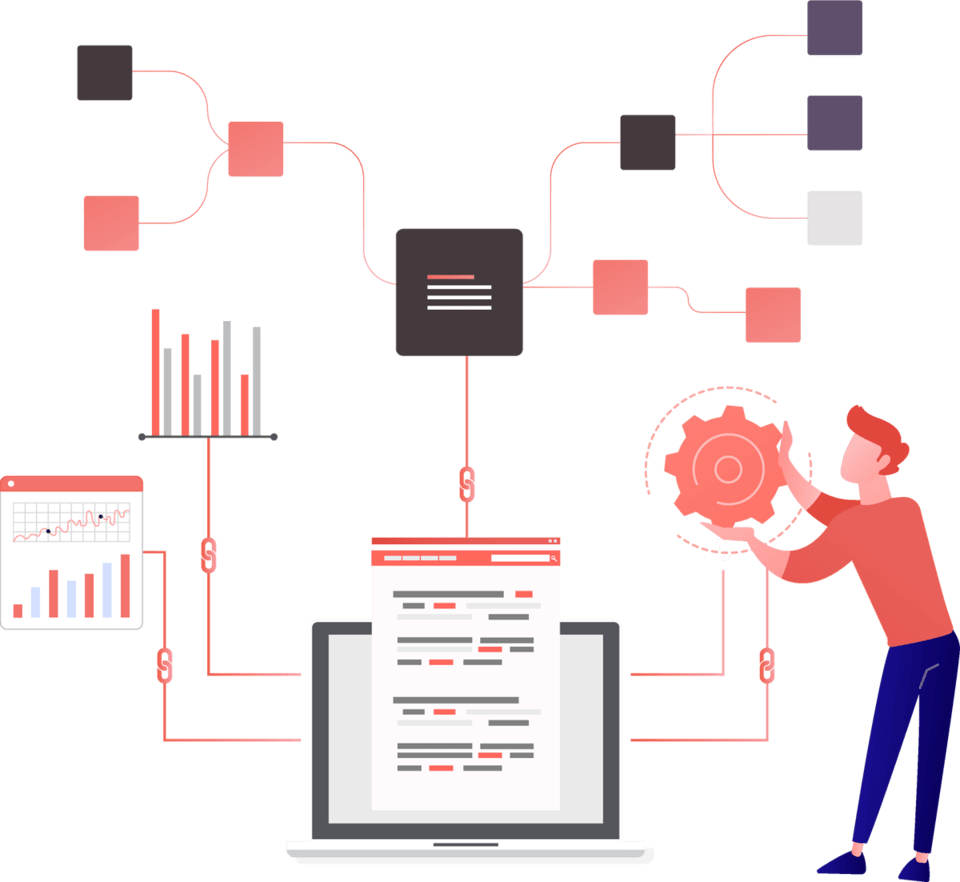
Discover: Inventory & Profile
Connect to sources, scan schemas and profile data. Reverse-engineer lineage and metadata to build a trusted catalog that informs design and accelerates onboarding.
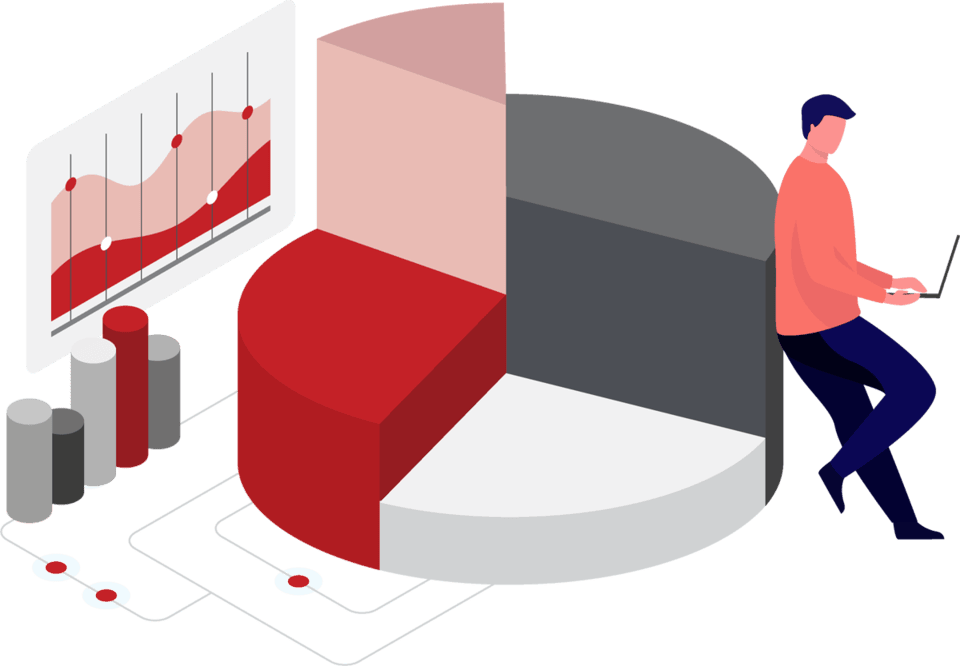
Design: Model & Standardize
Use 3D to design physical models. Apply templates, naming standards and conversion rules to produce deployable patterns for RED and target platforms.
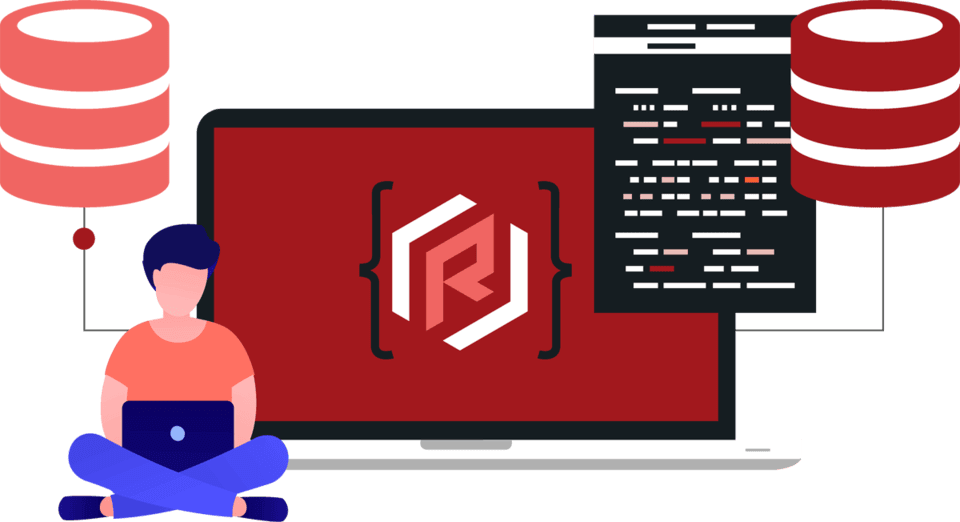
Develop: Generate & Orchestrate
Use RED to generate ELT code, build jobs and auto-document, Parameterize environments, manage dependencies and version changes with built-in version control.
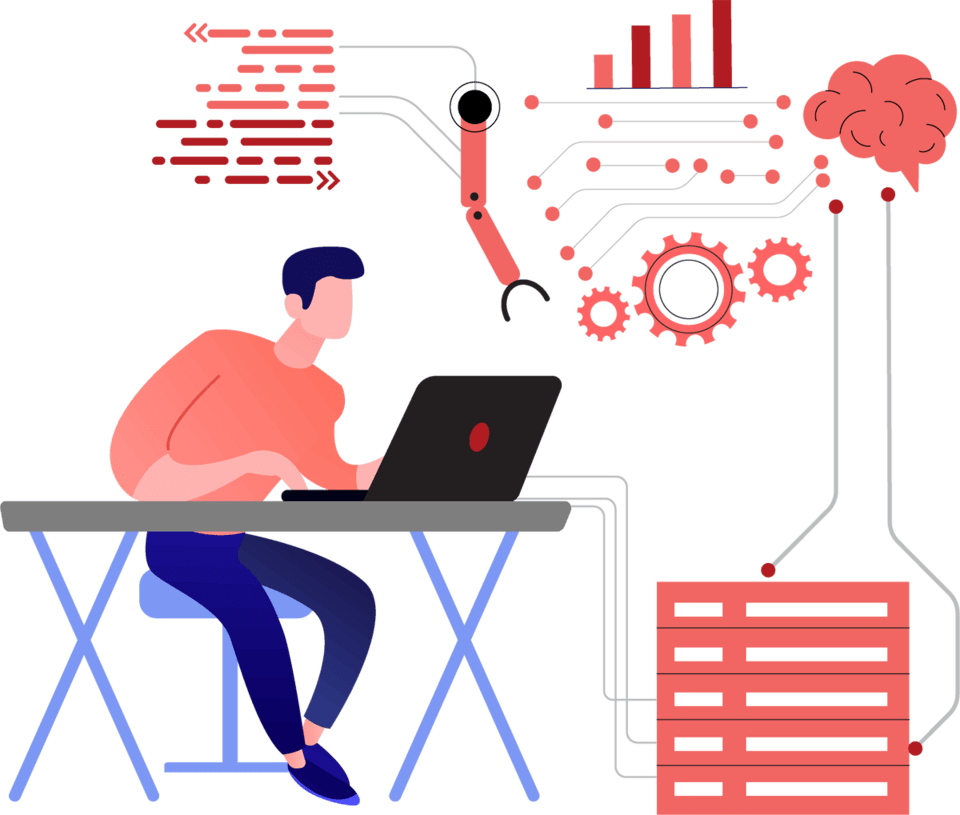
Deploy: Promote with Control
Automate releases across dev/test/prod with repeatable workflows. Promote safely, track lineage and align with CI/CD practices on cloud platforms.
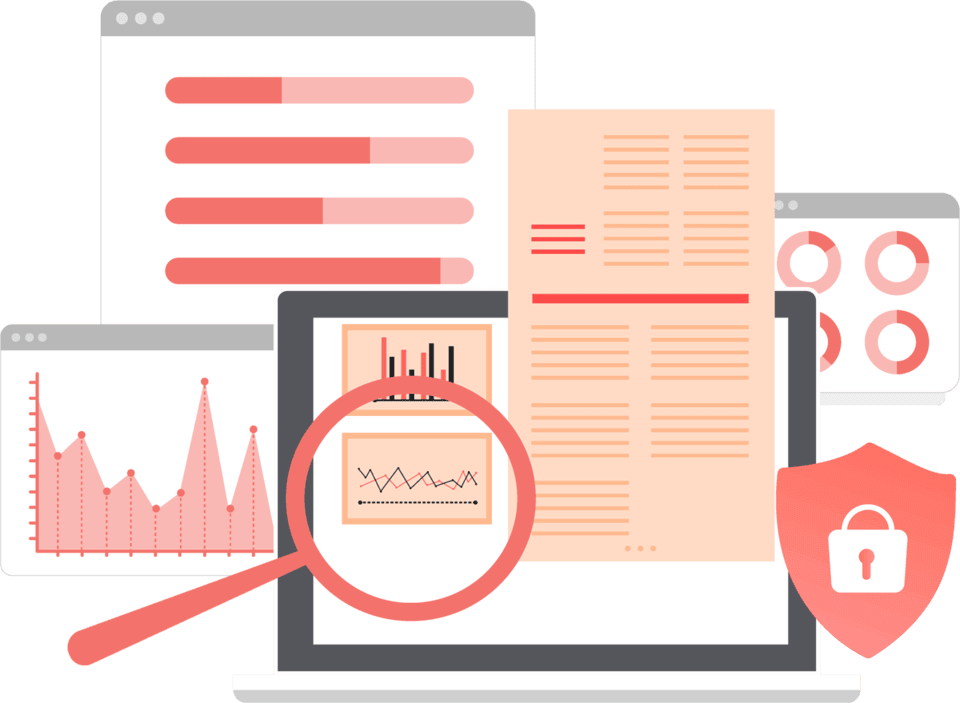
Operate: Monitor & Govern
Run schedules, recover failures and keep SLAs on track. Leverage docs, lineage and metadata to support audits, root-cause analysis and collaboration.
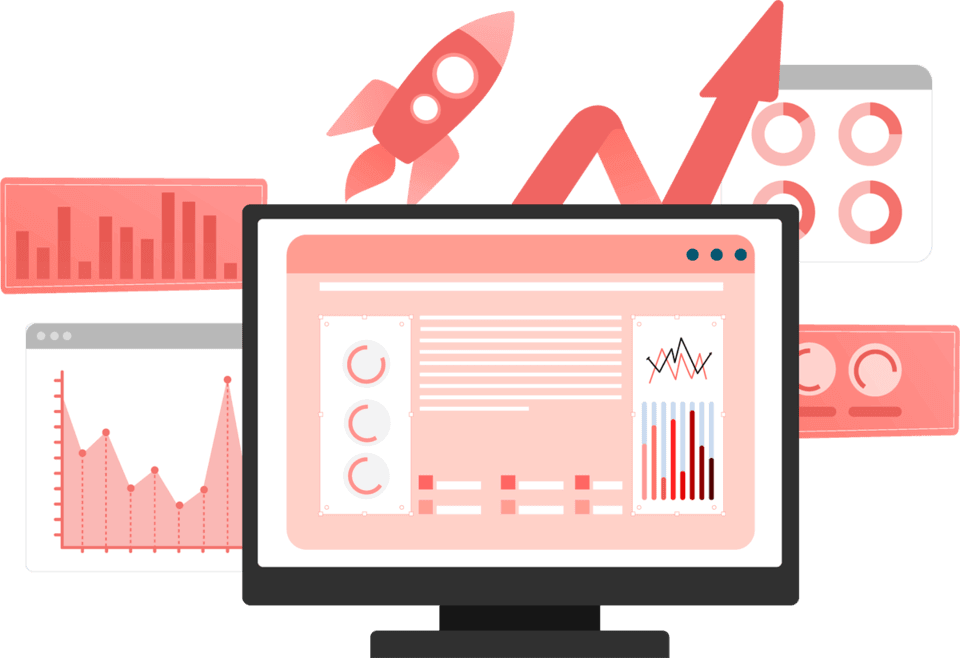
Enhance: Evolve Safely
Standardized patterns, impact analysis, and refactoring let you add sources, change logic, and scale usage quickly – all without breaking what’s in production.
Built for Leading Data Platforms
Snowflake
+ WhereScape

Databricks
+ WhereScape
Microsoft Fabric
+ WhereScape
SQL Server
+ WhereScape
Oracle
+ WhereScape
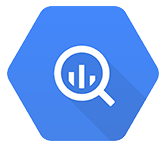
Big Query
+ WhereScape
Frequently Asked Questions
Can WhereScape scale to very large volumes and fast-growing pipelines?
Yes, WhereScape’s metadata-driven automation generates native ELT for your platform at-scale e.g. Snowflake, Databricks, Azure SQL or Synapse, so the scale is dictated by the underlying engine, not WhereScape.
We have customers like Micron who are using WhereScapee at a very high-scale, with multi-petabyte data warehouses, with billions of rows added frequently: all while maintaining predictable and auditable data pipelines.
What does time-to-value look like? How fast can we reach production?
Actual timelines significantly vary by scope, so it depends on what you want to achieve e.g. building a simple data mart or implementing a full Data Vault. However, what remains consistent is that no-matter the project, customers consistently report big improvements in time-to-production.
Is WhereScape SaaS or self-hosted? What does that mean for security & compliance?
You maintain full control over the network, access levels, encryption and change management to meet standards such as GDPR, HIPAA and regional data residency requirements.
How does WhereScape handle documentation and data lineage?
Our customers often regenerate docs on their own set schedule; so architecture, mappings and dependencies always stay in-sync with what’s actually being deployed.
Will WhereScape replace our existing ELT/ETL tools or work alongside them?
With WhereScape, you can move incrementally at your own pace: start with just a few pipelines and then once value has been proven, continue to expand to others.
